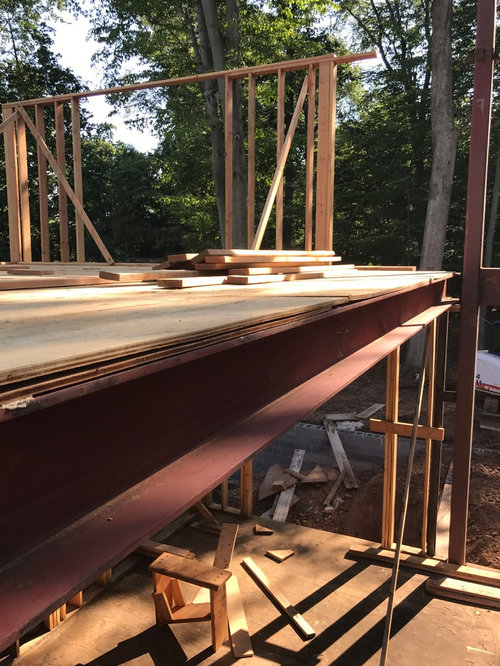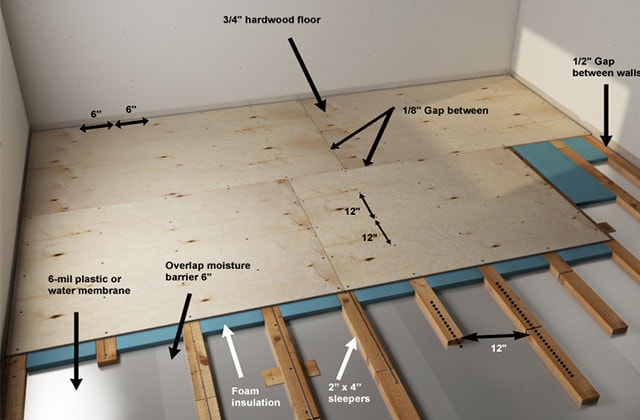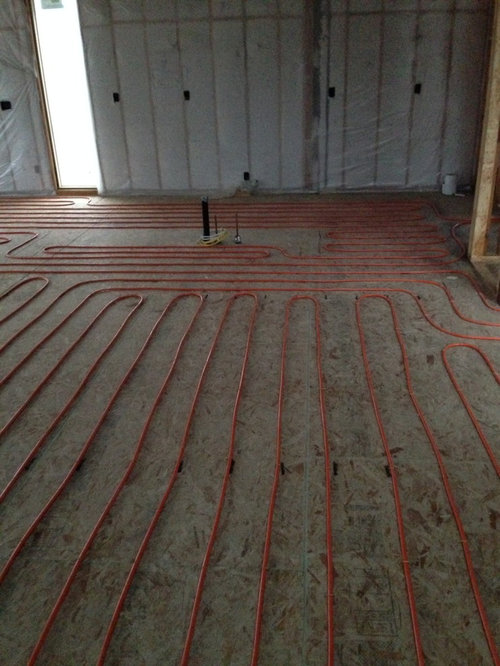Second Floor Subfloor Thickness

Just sand any high spots and fill the low spots with leveling compound.
Second floor subfloor thickness. There are two common methods for this. A 3 4 inch plywood subfloor on a joist structure with 24 inch spacing needs the extra thickness of cementboard or the floor will flex and the tiles will crack. Subflooring only adds 3 4 inch to the floor thickness. The subfloor is the foundation beneath finish flooring materials.
There are two main types of subflooring plywood and oriented strand board or osb. One layer is laid and the second layer is stapled or glued perpendicularly or diagonally over the top. Subfloor holds up all of the above layers of flooring as well as everything in your house people dogs cats pianos furniture. You ll need to know how to level a floor.
The finished floor is then installed on top of the subfloor. Proper subflooring for wood on second floor. Whether you re installing a hardwood floor on the first or second floor of a building you need a solid subfloor that won t sag and that will hold nails. Tongue and groove edges on many premium floor panels such as weyerhaeuser s edge gold osb panels are designed to self gap.
Typically made of plywood or osb and ranging in thickness from 19 32 to 1 1 8 thick the subfloor is truly structural second only to joists in this respect. The first is to lay two layers of 3 8 inch plywood over the slab without fastening or gluing them to the slab. Both come in 4 by 8 sheets and feature tongue and groove installation. On wood frame floors the subflooring provides a continuous structural surface over the floor joists.
Subflooring is a structural layer and should not be confused with. To avoid buckling subfloor panels should be spaced with a 1 8 inch gap at all edges and ends to provide room for naturally occurring expansion. The subfloor is the decking installed on top of flooring joists. Thoroughly vacuum the existing floor and use a long floor leveler and tape measure to ensure the subfloor is level within 3 16 inch for every 10 feet.
Uncoupling membranes aren t recommended for tiles smaller than 2 inches square and should not be used when covering old hardwood flooring due to adhesion problems.


















